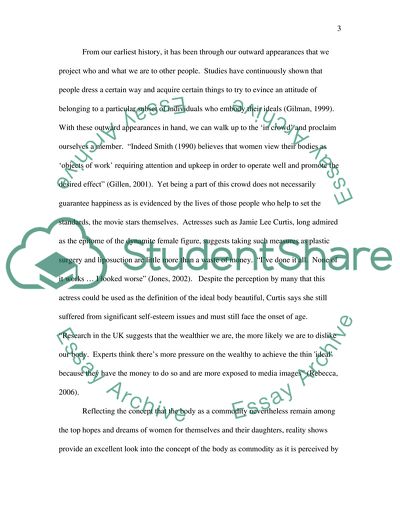Cite this document
(The Body as Commodity Essay Example | Topics and Well Written Essays - 3000 words, n.d.)
The Body as Commodity Essay Example | Topics and Well Written Essays - 3000 words. https://studentshare.org/sociology/1706052-sociologyconsumption-and-identity-in-contempary-society
The Body as Commodity Essay Example | Topics and Well Written Essays - 3000 words. https://studentshare.org/sociology/1706052-sociologyconsumption-and-identity-in-contempary-society
(The Body As Commodity Essay Example | Topics and Well Written Essays - 3000 Words)
The Body As Commodity Essay Example | Topics and Well Written Essays - 3000 Words. https://studentshare.org/sociology/1706052-sociologyconsumption-and-identity-in-contempary-society.
The Body As Commodity Essay Example | Topics and Well Written Essays - 3000 Words. https://studentshare.org/sociology/1706052-sociologyconsumption-and-identity-in-contempary-society.
“The Body As Commodity Essay Example | Topics and Well Written Essays - 3000 Words”. https://studentshare.org/sociology/1706052-sociologyconsumption-and-identity-in-contempary-society.


